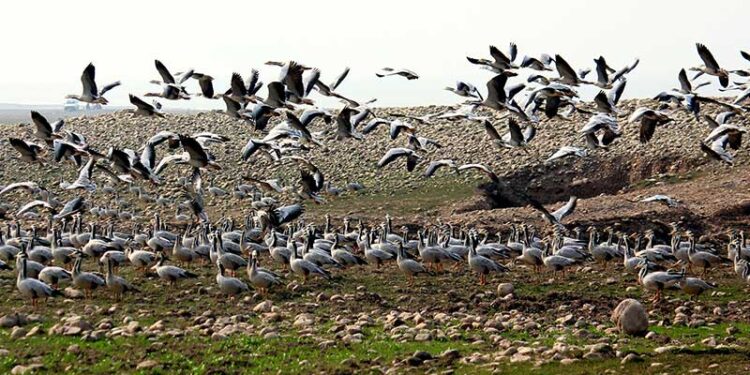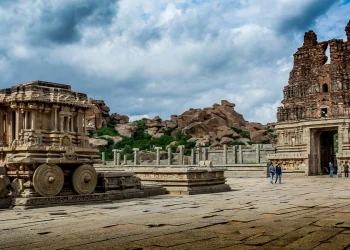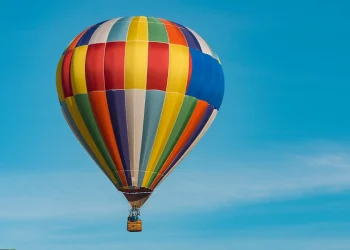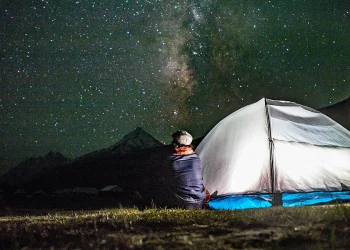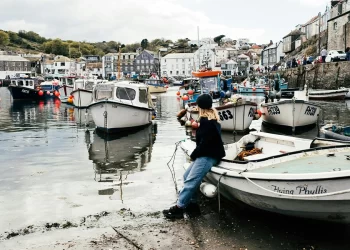The retreat being the central point surrounded by thick forest on all sides provides an unparalleled view of jungle life in contrast to the present day mundane city life.
In between and at equidistance of 4 kms to the world famous Monolithic Rock Cut Masroor Temple and equally important Pong Wetland bird sanctuary, a natural abode for the migratory birds from Europe, Siberia, Tibet, China etc. during their winter sojourn, lies a place called Radballi.

Firstly, a word about Masroor Temple and Pong wetland: Masroor monolithic rockcut temples situated on a hill top at a height of 2500 feet from mean sea level are special for the tourist in more than one ways: Hewn from a single rock of sand stone in an extremely remote hamlet in times by gone is by itself a mystery. Hardly anyone knew of this priceless heritage until an European researcher named H.L. Shuttleworth ICS and subsequently surveyed by H. Hargreaves of the Archeological Survey of India visited the place and brought it to public notice as late as 1913. There are various theories about the temple’s origin. Relating these temples to the exile of the Pandavas around 5000 years ago is popular among the folks. It is said that the Pandavas were handed down a punishment of Agyatvas of 1 year after losing in gamble to the Kauravas.
These brave fighters along with the extra ordinary Panchali (Draupdi) are said to have routed their camouflaged journey to Masroor through Radballi because of the abundance of wildlife such as barking deer, wild boar, swamp deer, porcupine, rabbit and partridges like Jungli Murga, Tittar, wild pigeon etc. as well as rare Himalayan herbal wealth and wild fruits like Garna, Kambal, Kadi Patta, Harad, Bhera, Amla, Bana, Basunti, Jamun, Allovera, Bhumi amla etc. around this place. All these foods were necessary for the great Pandvas to preserve and enhance their prowess for the, so to say, solitary and Agyat confinement for a period no less than a year otherwise they would have lost future chances of regaining their kingdom as per the rules of the game. While the Pandva era is long past the blessings of the nature to the place Radballi in the shape of wildlife Himalayan herbs and wild fruits still remain.
This bonanza of the nature has not only been maintained but improved due to the continued efforts of Pritam Chand, his son Late Satinder Singh and now his grandson Sumit by creating a campsite for the lovers of heritage, nature and adventure. If the place was health invigorating to the Pandvas the same could be far more beneficial to the present day world swept with the maladies of contamination of water coupled with the deadly pollution in the cities.

Once at Radballi the visitor will find it a unique place to meet the comfort of the metropolis and adventure of the nature at the nearest. The traditionally famous Kangri dham laced with health invigorating aromatic Himalayan herbs is a speciality for instance. Eco-friendly well furnished Himachali huts are available for cozy and comfortable stay amidst the serenity of the surrounding deep jungle for adventure seekers and nature lovers.

As for the Pong Wetland, situated in the Kangra District of Himachal Pradesh, it is one of the largest man made wet lands of the northern India formed by the construction of Pong Dam during 1974
across the Beas river. This wetland is the first major wetland which potentially offers a transitory resting reserve for the migratory birds coming from the trans Himalayan zone in the winter season when the wetlands in the Europe and North and Central Asia become frozen due to onset of winters.
Flocks of waterfowls that breed in these areas in summer undertake migration to Pong to spend winter in more congenial climatic conditions every year during the winter season from October to March.
This reservoir is 42 kms long and 19 kms wide and having live storage capacity of 7290 million cubic metre.
The Pong Dam has earned the distinction of being among the global class of selected sites. This is first Wetland of the state to have got the global arm of protection by being declared a “RAMSAR SITE” in the year 2002.
Pong Dam contains five main islands viz: Rancer, Karu, Rajeli, Jatta da Kuwal and Danderh, giving panoramic view of the majestic Dhauladhar range.
There are number of places of cultural and mythological importance in and around the Pong. Historical temple of Bathu which remains submerged during monsoon attracts a large number of tourists. Pong is a famous resting/camping place for the tourists.
Radballi Recreation & Adventure Camp
Radballi, Galuan, Near Pong Lake, Nagrota Surian, Kangra-176033.
PHONE: +91 9418589234 , 9805029222 EMAIL: booking.radballi@gmail.com WEB: radballi.com

Founded in 2016, The Traveller Trails is a print and digital magazine and a trusted source for current news, trends, analysis, opinions, interesting blogs, videos and exclusive interviews from every corner of the world.



